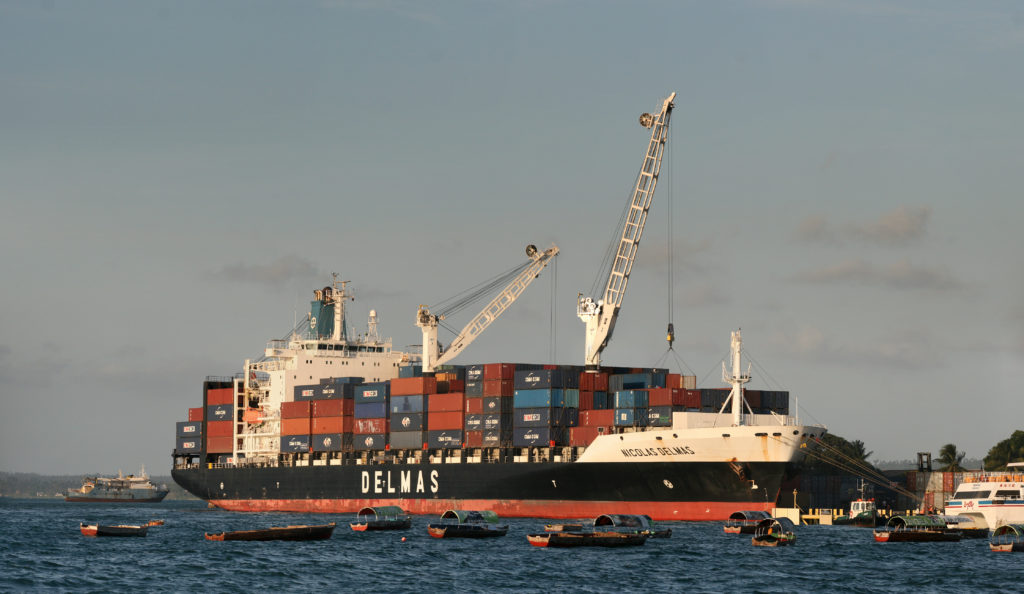Supply Chain Problems

This is not going to make things look great on the inflation front:
A supply chain crunch that was meant to be temporary now looks like it will last well into next year as the surging delta variant upends factory production in Asia and disrupts shipping, posing more shocks to the world economy.
Manufacturers reeling from shortages of key components and higher raw material and energy costs are being forced into bidding wars to get space on vessels, pushing freight rates to records and prompting some exporters to raise prices or simply cancel shipments altogether…
The cost of sending a container from Asia to Europe is about 10 times higher than in May 2020, while the cost from Shanghai to Los Angeles has grown more than sixfold, according to the Drewry World Container Index.
Because the impact of the virus and the impact of mitigation efforts are both largely unpredictable, it’s difficult to contain the disruption; a port that’s fully functional one week may be working at a fraction of capacity the next. The unstable situation also makes it difficult to invest in redeveloping onshore manufacturing capacity, given that any facility might be rendered economically unviable by a change in the shipping environment before it even comes on line.
Long story short, we’re going to have to resign ourselves to stuff costing more and taking longer to arrive (and sometimes not arriving at all) than the status quo expectation of 2019.


